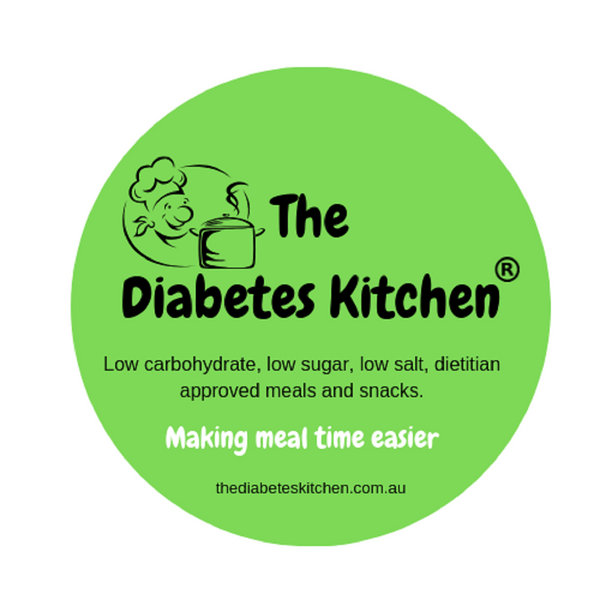Understanding Lactose Intolerance: What You Need to Know
Hello, Diabetes Kitchen community.
Today, we’re diving into a topic that affects many people, including some of our beloved customers: lactose intolerance. Understanding this condition can help you make informed dietary choices and enjoy your meals without discomfort.
What is Lactose Intolerance?
Lactose intolerance is a common digestive issue where the body is unable to properly digest lactose, a sugar found in milk and dairy products. This happens due to a deficiency in lactase, the enzyme responsible for breaking down lactose in the digestive system.
Symptoms of Lactose Intolerance
People with lactose intolerance may experience a range of symptoms after consuming dairy products, including:
- Bloating
- Diarrhea
- Gas
- Stomach cramps
- Nausea
These symptoms typically occur within a few hours of consuming lactose-containing foods or drinks.
Managing Lactose Intolerance
If you suspect you have lactose intolerance, it’s important to consult with a healthcare professional for proper diagnosis and management. Here are some tips to help manage the condition:
**1. Identify Your Tolerance Level:** Everyone's tolerance to lactose varies. Some people can handle small amounts of dairy, while others may need to avoid it altogether. Keep track of what you eat and how it affects you.
**2. Opt for Lactose-Free Products:** There are many lactose-free alternatives available, including lactose-free milk, cheese, and yogurt. These products provide the same nutritional benefits without the discomfort.
**3. Incorporate Non-Dairy Calcium Sources:** Ensure you're getting enough calcium by including non-dairy sources in your diet, such as leafy greens, almonds, tofu, and fortified plant-based milks.
**4. Use Lactase Supplements:** Over-the-counter lactase enzyme supplements can help some people digest lactose more effectively. Take them before consuming dairy products to reduce symptoms.
Lactose Intolerance and Diabetes
For those managing diabetes, it's crucial to balance your diet while considering lactose intolerance. Here are some tips: always check with your health professional first as everyone is different.
- **Read Labels Carefully:** Check food labels for hidden sources of lactose in processed foods.
- **Plan Balanced Meals:** Ensure your meals are balanced with adequate protein, fiber, and healthy fats to maintain stable blood sugar levels.
- **Choose Nutrient-Dense Foods:** Focus on whole foods that provide essential nutrients without added sugars or unhealthy fats.
How Diabetes Kitchen Can Help
At Diabetes Kitchen, we understand the unique dietary needs of our customers. Our meals are designed to be nutritious and diabetes-friendly, with options that cater to various dietary restrictions, including lactose intolerance. Here’s how we support you:
- **Lactose-Free Options:** We offer a variety of lactose-free meals that are both delicious and nutritious.
- **Balanced Nutrition:** Our meals are carefully crafted to ensure they meet the nutritional needs of people with diabetes, without compromising on taste.
- **Convenience:** Our ready-to-eat meals are perfect for those with busy lifestyles, providing a hassle-free way to enjoy healthy, balanced meals.
Final Thoughts
Living with lactose intolerance doesn’t mean you have to miss out on delicious and nutritious meals. By understanding your condition and making informed choices, you can enjoy a varied and satisfying diet.
Stay tuned to our blog for more tips and information on managing dietary needs and living a healthy lifestyle. If you have any questions or need support, don’t hesitate to reach out to our team.
Stay healthy and happy,
The Diabetes Kitchen Team
-

